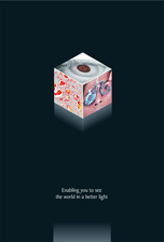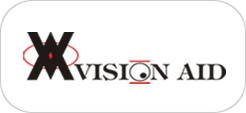About Eye - Squint/ Strabismus
What is squint?
it is a type of muscle imbalance( paralytic or non paralytic) leading to deviation of one or both eyes. It is seen in any age group but more common in infants and children. It maybe present since birth or may manifest in early childhood. Depending on the cause of deviation it is classified as accommodative and non-accomodative. Depending on the direction of deviation it can be eso(inward)deviation, exo(outward)deviation, hyper(upward)deviation or hypo(downward)deviation. Depending on the eye involved it can be unilateral or bilateral or alternating. It can be constant or intermittent.
Treatment:
treatment of squint is a tricky isuue where all the parameters including patientís age, type and amount of deviation, eye(s) involved, visual acuity in both eyes, refractive status of the eye, etc have to be considered.
- When you notice squinting in your child get an ophthalmic check-up done as early as possible.
- During the ophthalmic checkup it is advisable to carry recent and old close-up photographs of the child in which ocular position can be fairly judged by the ophthalmologist. This is for comparison of the present status of the eye with previous state, which will also eventually help decide the treatment modality to be taken for the patient.
- Accommodative squint usually is controlled by giving appropriate refractive correction.
- Non-accomodative squint, if unilateral, will require surgical correction, the urgency of which is decided depending on the age, visual acuity and daily activities of the patient.
- Non-accomodative squint which is bilateral or alternating, requires surgical correction depending on the age,visual acuity and daily activities of the patient, although not as urgent as in unilateral cases.
- Any kind of squint, if causing diplopia or change in head position or tilting of neck, or causing psychological disturbance requires surgery at the earliest.
- Squint in young adults is usually done for cosmetic purpose.
- Sudden appearance of squint in previously normal individuals is usually paralytic and requires detailed physical examination to rule out systemic causes.
News & Events
Akshar eye clinic proudly acounces the addition of new machine that is Zeiss FDT( Frequency doubling technolgy )Perimetry. The instrument is designed for fast and effective detection of visual loss. Which one of the few ophthalmologist have.
Seasonal Disease
Allergic conjunctivitis or spring catarrh is a very common seasonal disorder in children between 5 - 15 years of age. The disorder can only be suppressed. Cure cannot be offered.Download Brochure








